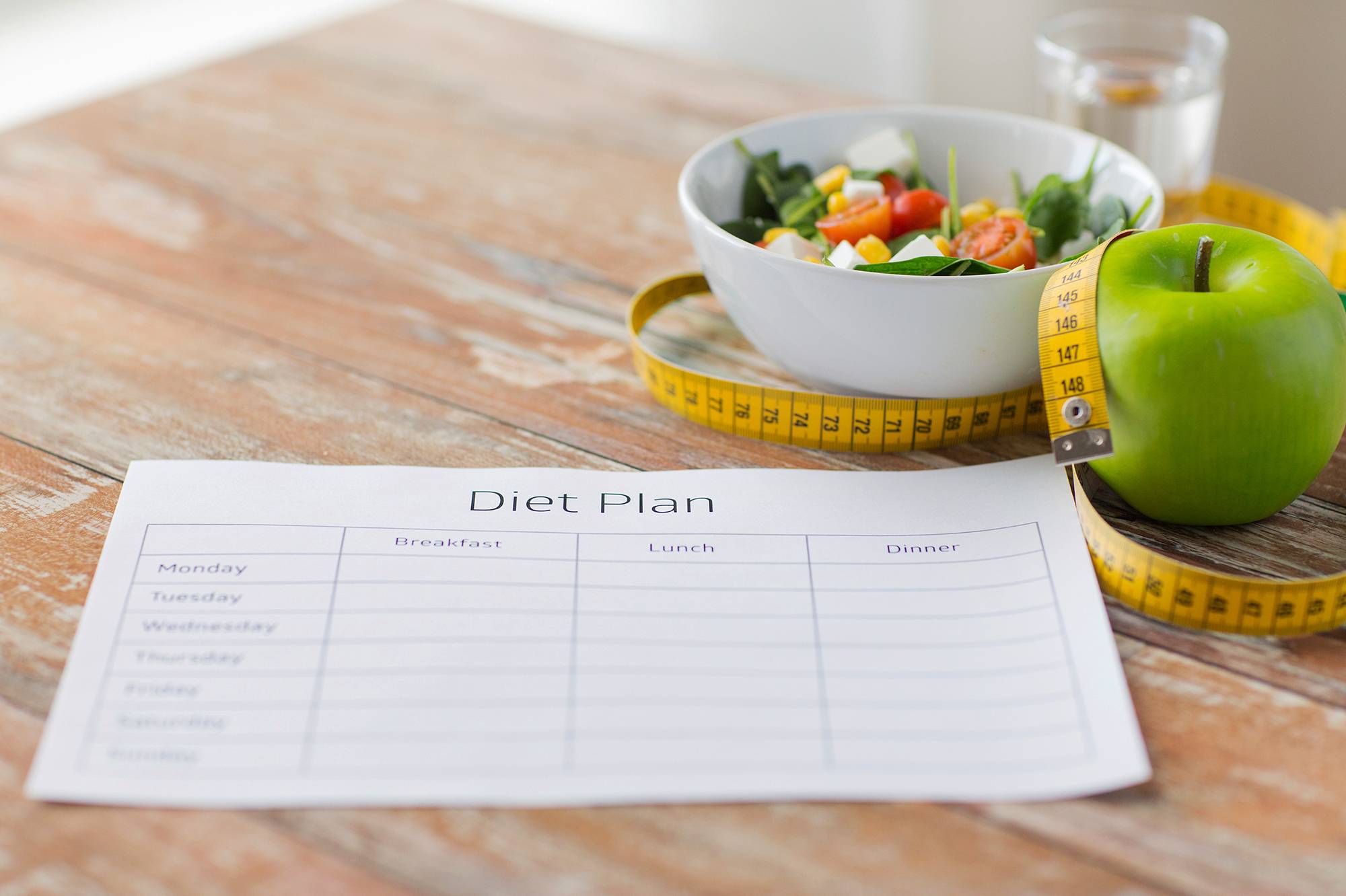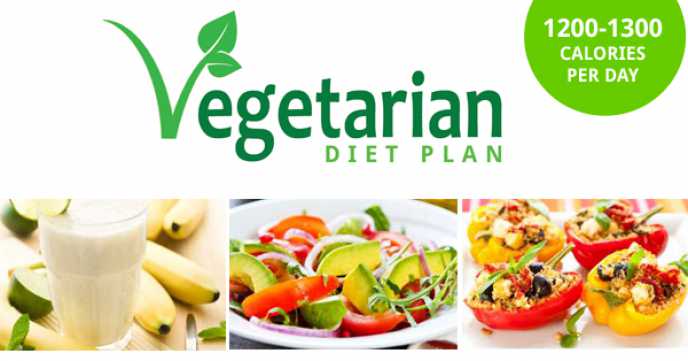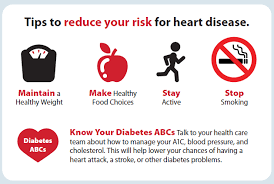
Low-calorie meals can be delicious and healthy, no matter if you're trying to lose weight or keep fit. Low-calorie meals include plenty of fresh vegetables and lean proteins. A variety of healthy foods can be added to your meals, including soups, salads, pasta, and other dishes.
A low-calorie meal can make mealtimes more fun. They are easy to prepare and healthy. These meals can either be made at home or in a kit with low calories to save you the hassle of cooking.
Paneer Jalfrezi is a low-calorie and easy dinner. This recipe combines cottage cheese, vegetables, Indian spices, rice, and more. You can serve this dish with cauliflower rice, or with a traditional steamed rice. This dish is great for quick weeknight meals.

Kale salad is another low-calorie option for dinner. This salad is great for families, as it's nutrient-rich and low in calories. It is simple to make and is full of flavor. This salad can be made using fresh garden vegetables as well as store-bought items. This recipe can be made with avocado. You can add lemon juice for a zesty flavour.
Another popular low calorie dinner is Pork Pinwheels. These are grilled with mushrooms and spinach, and they have an exciting flavor. You can make them in the oven if you like.
Another easy low calorie dinner is a stir-fry. This dish is full of healthy ingredients and ready in 20 minutes. This recipe serves two, so it's perfect for a family meal.
You can also make a thyme-flavored Pumpkin soup. It has a velvety texture and is rich in vitamin C. This dish also makes good leftovers.

A fried chicken dinner is another low calorie option. This recipe can be made with gluten-free panko or baked in the oven. This recipe can be served with fried rice, cauliflower, or potato wedges. You can also make a fried dinner of chicken for days when your diet is strict. You can either make it with lemon butter sauce or with grilled mahi.
Quinoa tots, a low-calorie appetizer, are another option. This recipe features quinoa, which is a healthy alternative to potatoes, and it can be made in about 15 minutes. This recipe can be substituted with ground turkey or cooked broccoli for a lower-calorie option.
A shrimp and vegetable stew is another popular low-calorie meal. This dish is filled with fresh vegetables as well as a Thai sweet chilli glaze. It also has 33g of protein and 6g of fiber. Each serving contains 289 Calories.
FAQ
What is the difference between a vegan and other diets?
Vegan diets are different from all other diets in that they don't include meat, dairy, eggs, or any other animal products. Vegans are advised to avoid dairy products, eggs, and milk.
Vegans don't eat any meat, fish, poultry or dairy products. This is the main difference between vegan and other diets. This is why vegans refer to themselves as vegetarians.
Vegans should avoid honey, gelatine, leather, silk, wool, feathers, fur, cosmetics that are tested on animals, as well as most processed foods.
Veganism, an ethical diet that is based on compassion and concern for the environment, is a choice. It opposes animal products and the suffering caused by factory farming.
Veganism advocates vegetarianism. This involves reducing animal flesh and secretions rather than eliminating them.
Vegans generally consume a plant-based diet. However many vegans consume small amounts, such as nutritional supplement, fruits, vegetables and nuts.
Because vegans exclude meat, fish and poultry, they are often called "vegetarians". Although technically speaking, vegans should avoid all animal products, including dairy and eggs, the term vegan has become commonly associated with those who exclusively avoid these three categories.
Vegans are those who eat less than 5 ounces (or 1/4 pound) of meat per week.
Some vegans may include eggs and dairy products in their diets to get sufficient protein intake, but this is not common practice.
Lacto-ovo vegans are those who eat milk products and eggs but avoid meat. They may also eat chicken, fish, and shellfish. They may be considered flexitarians in regards to meat, but they strictly follow the vegetarian lifestyle.
Ovo-lacto vegetarians avoid red meat and eat dairy products and eggs. They might also eat shellfish, poultry, and fish.
Pescatarians, who are vegetarians who eat fish, are also known as pescatarians. Pescatarians should be aware of how cholesterol affects their diet. Fish have a high fat content so they need to watch their cholesterol levels. They typically eat only low-fat or non-fried varieties of fish.
Vegans can be further divided into two groups: strict and flexible. Vegans who are strict abstain completely from all animal products, including dairy and eggs. Flexible vegans limit how many animal products they consume. One egg might be eaten every two weeks, or they may choose to eat skimmed milk in place of whole milk.
A growing number of health-conscious consumers are turning to plant-based diets for weight loss, diabetes management, heart disease prevention, and longer life expectancy. The number of Americans following a vegan diet jumped by 50% between 2007 and 2010. Industry estimates show that the number has risen to 2.5 million people by 2016.
What is the best way to lose weight.
To lose weight, eat less calories per day than you burn. This means eating smaller meals more frequently during the day.
You can reduce calorie intake by cutting back on foods that contain added sugars and fats. You can achieve your goals by eating healthy foods, such as fruits, vegetables and lean meats, lean dairy products, whole grains low-fat dairy products nuts, beans, seeds, legumes, and fish.
Eating healthier helps prevent heart disease, type 2 diabetes, cancer, osteoporosis, and other health problems.
To ensure you're getting enough nutrients, try adding supplements like vitamin D, calcium, magnesium, zinc, iron, omega-3 fatty acids, and probiotics.
Intermittent fasting, which is the most effective way to lose weight quickly, is one of the best diets. Intermittent eating is when you eat only at specific times throughout the day.
This method allows you to eat five meals per day, and one meal each night. The remaining four meals are spread out over the day.
This makes people feel fuller because they aren't getting used to eating as little.
What are the 5 keys to a healthy diet?
You may have heard that you are what you eat. A healthy diet consists of five elements.
These include eating lots fruits and vegetables and avoiding processed foods.
The first three elements are essential for overall well-being, while the second and third are crucial for maintaining weight control.
You can ensure that these nutrients are consumed by adding them to your daily meal.
You should eat a variety of fresh produce like fruits, leafy vegetables, and whole grain. These foods contain vitamins A, C, and E, which help protect against heart disease and cancer.
Avoid processed food, including those containing artificial ingredients and preservatives. This includes soft drinks as well as candy bars, cookies, and chips.
Hydration is important for your body. Eight glasses of water per day will help you keep hydrated and prevent dehydration.
Exercise is also an important component of a healthy lifestyle. If you do not exercise, you risk developing obesity-related diseases such as diabetes, heart disease, and stroke.
Don't drink alcohol. Consuming alcohol can increase blood pressure, cause headaches, and lead to liver damage.
If you follow this advice, you will be well on your way to a healthier life.
What is your favorite healthy drink?
It is difficult to find the most nutritious drink in the entire world. Some drinks are healthier than water, but none are the best.
It is simple: the best drink is the one that you love. We mean our favorite drink when we ask the question "What is your healthiest drink?"
We shouldn't be surprised to find that the answer can vary widely depending on where one lives. Even within countries, the answer varies wildly.
Green tea is the preferred choice in Japan while coffee wins in New Zealand. Milkshakes in India are very popular, while beer is the most loved in Australia.
In the end, it doesn’t really matter what healthiest drink you choose because everyone has their/her own preference.
It matters if the beverage is healthy. Of course, everyone has a different definition of what healthy means.
While a glass of wine might be harmful to some, it may be fine for others. While a glass of red wine with a piece of cake might be unhealthy for one person, it could be great for another.
There is no one universal definition of healthiness. Even more important, there is no universally accepted method to measure healthiness.
Therefore, we cannot say that one drink is healthier than another. You cannot make such an assertion without knowing the amount of alcohol in each drink.
Even if this was known, the amount of alcohol we consume will still pose a problem. For instance, a white wine contains far fewer calories than a red wine.
We can't compare beverages based on their calories, so we can't say that one beverage is better than the other.
One way to determine the percentage of alcohol in each drink is to create a formula. However, this formula would only calculate the amount of alcohol in each beverage and not its composition.
Even if it were possible to do so, it would still be necessary to know the exact formula of each beverage. This information is not always available.
For example, some restaurants don't disclose the ingredients of their food. Some people don’t like it when others know what they eat.
But the bottom line is that we cannot tell which drink is healthier.
How much should I eat each day?
Calorie requirements can vary according to age, gender activity level, body size, and overall health.
Generally speaking, adults require between 1,200 and 1,800 calories per day to maintain their current weight.
Calories come from carbohydrates, starchy foods, protein and fat.
Carbohydrates include glucose, fructose (sugar), and sucrose. Glucose is the primary source of energy for our muscles. Fructose adds energy to the brains and nervous systems. Sucrose has both glucose and fructose which makes it easier to digest.
Protein is important for building muscle mass and repairing damaged tissues. Protein can be found as meat, poultry, eggs and milk.
Good health is dependent on fat. Fat is good for you. It helps you stay fuller longer.
Also, fat helps to protect against cardiovascular diseases, high cholesterol and many other types of cancer.
Experts recommend that you limit your intake of saturated fats to 30% of your daily calories.
However, there are no studies that show reducing saturated cholesterol will lower your chances of developing cardiovascular disease.
A healthy diet should provide about 20-35% of your daily calories from carbs, 10%-35% from protein, and 35%-50% from fat.
What is The 40 30 30 Diet?
The 403030 Plan is an easy-to follow program that will help you lose weight fast, and keep it off throughout your life. This program employs three powerful strategies to create a healthy lifestyle that allows you to burn more fat and keeps your hunger under control.
This program also includes:
-
You can keep a detailed food journal that will allow you to track your daily calorie intake as well as identify hidden foods that may be hindering your efforts.
-
A combination of strength training and cardio exercises that boost metabolism and decrease body fat.
-
A personalized nutrition plan based on your results.
Weekly emails will be sent to you with tips and motivation so that you can continue your journey towards better health.
Other than unwanted pounds, you have nothing to loose!
Statistics
- Half a cup of 1% cottage cheese has 14 grams of protein and only about 80 calories, so one portion is super protein-packed. (prevention.com)
- In a review of studies, intermittent fasting was shown to cause 0.8–13% weight loss over 2 weeks to 1 year. (healthline.com)
- Overall (tie) Whole30 lacks scientific support and is severely restrictive, according to the experts. (health.usnews.com)
- Recommendation Saturated fat is less than 6% of total daily calories. (mayoclinic.org)
External Links
How To
Healthy Eating Tips For Weight Loss
Are you looking to lose weight. You might be already trying to lose weight, but are having trouble finding the right way. To get started, you can use the tips in this article.
-
Eat breakfast every morning. Breakfast is the most important meal of the day because it gives you energy throughout the rest of the day. To start your day, you can eat any type of food. Sugary cereals, and unhealthy snacks should be avoided. Instead, choose oatmeal or eggs with milk.
-
Drink at least eight glasses of water per day. Water is the best way to stay hydrated. It's easy to drink too much water. Don't drink too much water.
-
Avoid fast food. Fast food restaurants can offer low-quality and high-calorie meals. Fast food restaurants can often serve large portions which means you will eat far more than what you intended. Instead, grab fresh vegetables and protein-rich foods from the grocery store's salad bars.
-
Don't skip meals. Skipping meals can cause overeating later in the evening, when your stomach is full. You will wake up hungry if you don't eat enough before going to sleep.
-
Limit alcohol intake. While moderate alcohol intake can increase your metabolism rate, excess alcohol consumption will lead to weight gain. This is not because of calories. It's because alcohol lowers inhibitions, making people more likely to eat.
-
Get enough sleep. Overeating can be caused by sleep deprivation. Additionally, your brain requires time to process information about the digestive system. You might feel hungry after sleeping.
-
Keep track of everything you eat. It's hard to make smart nutrition decisions when you don’t know what you’re eating. Take down all the food you eat over two days. Afterward, see if there are any patterns in your eating habits. Do you have trouble controlling your eating habits around certain foods? Do you tend to have problems resisting sweets? Knowing these things will help you develop strategies to address them.
-
Have fun. Enjoying your new lifestyle can be one of the best methods to lose weight. If you are bored and unhappy with your current diet plan, try switching to another one. This will make it easier to stick with your chosen program.
-
Exercise regularly. Aerobic exercise like brisk walking helps to burn calories and improve metabolism. Strength training also burns many calories, especially if you engage in resistance exercises like lifting weights.
-
Reduce salt intake. Too much sodium can lead Americans to have high blood pressure. According to a recent study in Hypertension Journal, it is possible to reduce your risk for developing heart disease by keeping your daily sodium intake below 2,300 milligrams (mg).
-
Consume healthy fats. Fat is not a sign of being overweight. Unsaturated fats that are healthy provide essential fatty acid, which your body is unable to produce. These include omega-3 and 6, fatty acids. People fear fat because it could clog their arteries.